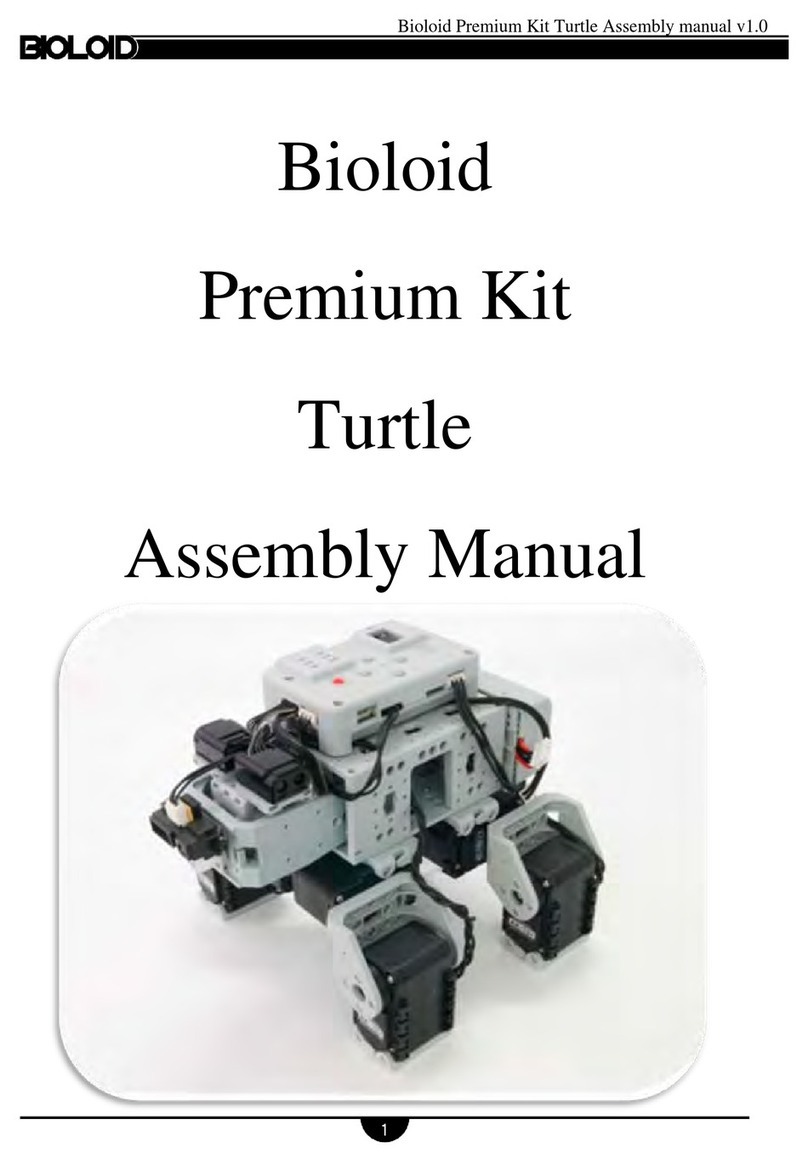1Wing XBow2 Manual

1Wing [email protected]
Martin Stobbe www.onewing.de
Am Kuchelberg 2
82266 Inning am Ammersee
Build instructions
XBow²

1Wing [email protected]
Martin Stobbe www.onewing.de
Am Kuchelberg 2
82266 Inning am Ammersee
Disclaimer
Please fully read the build instructions prior to build.
Operating model aircraft may induce risk of harming property and people. Model aircraft built from
this kit are no toys. Please follow local law and make sure to have suitable insurance.
1Wing is not able to ensure proper build and safe operation and thus does not take liability for any
material or non-material damage resulting from using their products.
Version history
14.06.2020
V0.9
Pre-release
15.06.2020
V0.91
Auswiegen bebildert
24.06.2020
V0.92
Schwerpunkt und Ausschläge
geändert, Anlenkungsausschnitte
angepasst
19.09.2020
V0.93
Translated to English

1Wing [email protected]
Martin Stobbe www.onewing.de
Am Kuchelberg 2
82266 Inning am Ammersee
General information –tips&tricks
The build instructions are setup in a way that the XBow may be build in two evening sessions and
curing happens overnight. Final steps may be completed on the third day.
•Especially with flying wings, accurate CG and slop-free linkages are absolutely critical to
achieve best performance and handling. Please use the described cross-linkages and no
RDS/IDS systems.
•Following the overall concept of an extremely robust model, it is not recommended to install
8mm wing servos. Slop or broken gears during hard landings is just a matter of time.
•KST X10mini in servo frames with counter bearing are highly recommended.
•The recommended antenna position, behind the wing has proven to be very reliable. Any
other antenna installation may induce risk of control link issues.
•During build, please make sure to put the wing on a soft surface to avoid scratches.
•Please put tape around all areas where you are working on to avoid damage to the surfaces.
•We highly recommend 24h gluing epoxy (Uhu Endfest, Araldite, etc.). Thickening (e.g. with
Thixo) may help with proper installation of the control horns.
•Any glue remains on carbon surfaces should be removed immediately e.g. with Q-tips and
Alcohol (Isopropanol). Acetone may render the clear carbon surfaces matte.
•There are very different clear tape qualities. We highly recommend “Tesa Kristall”
•Magnetic switches (e.g. Zepsus Nano) make your life easier.
•Clear carbon surfaces heat up significantly in direct sunlight. Installed electronics and battery
cells may get damaged. Please protect your model when not in use.
•Flying wings without fuselage should be best launched with a little unconventional grip.
Thumb on top, four fingers below the wing. Please see the video:
https://youtu.be/J36w8RoruNk
Content of this kit
1. Wing
2. Tail
3. Carbon tubes for tail boom interface:
1x 10x9x8mm
1x 9x8x38mm
1x 8x6x38mm
4. Tail boom (1 spare)
2x 10x9x100mm
5. 2x carbon control horns
6. Carbon bungee hook
7. 3x 60g self-adhesive weight
8. Carbon sheet material for hatches

1Wing [email protected]
Martin Stobbe www.onewing.de
Am Kuchelberg 2
82266 Inning am Ammersee
1. Build phase: control horns and tail interface
Openings for linkages and control horns
Put tape around the area of
interest and draw openings
according to drawing. Use the
flaps inner edge as reference.
Use e.g. a Dremel to carefully cut
out openings.
Roughen the surface area around
the horns to improve bonding.
Remove the sandwich material
and silicone flap reinforcement in
the area of the control horns to
ensure proper gluing. All gluing
surfaces must be roughened and
Cleaned with alcohol.
The main spar needs ~6-8mm
holes to rout through the linkages.
Mark the positions and carefully
manually drill with a long drill or
round file.
Install M2.5 clevis and rod to help
align the horns.
Glue horns with thickened gluing
epoxy.
The front surface of the horn shall
be flush with the flaps edge.
The horn shall be directly bond to
the lower outer skin of the wing.
Ensure proper alignment and
secure with tape.

1Wing [email protected]
Martin Stobbe www.onewing.de
Am Kuchelberg 2
82266 Inning am Ammersee
Tail boom interface
Prior to gluing, please make sure to check if the
tube may penetrate the wing far enough
(>15mm). Rempove excessive material with
Dremel or round file.
Please roughen the tubes surfaces (100-320
sand paper):
8mm Tube: complete outer surface
9mm Tube: complete inner surface and outer
surface, leave 12mm untouched
10mm tube: inner surface
Clean with alcohol
Apply thickened gluing epoxy to the wing
opening. Make sure to put some epoxy to the
radii as well to reinforce the area.
Glue 8mm tube into 9mm tube.
Glue the 10mm tube to the 9mm tube in a way
that 12mm remain for the actual connection to
the tail boom.
Put epoxy to the remaining roughened tube
area as well and slide the tube into the wing
opening. Remove excessive epoxy with alcohol
and Q-tips.
Slide tail boom onto the interface and align e.g.
on tables edge. Make sure the tail boom is
straight in longitudinal direction. Up/down is
not too important since there is no horizontal
stabilizer.
Let all adhesions cure over night.

1Wing [email protected]
Martin Stobbe www.onewing.de
Am Kuchelberg 2
82266 Inning am Ammersee
2. Build phase bungee hook and servo installation
Bungee hook
Deburr bungee hook edges and add a radius
where the bungee cord ring will touch.
Roughen gluing surfaces according to picture.
Cut a ~3-4 by 12-13mm opening, 3mm from
the nose with a Dremel. Remove the material
al the way to the upper surface skin. Roughen
the surface around the cut out to ensure
proper bonding.
Glue bungee hook with gluing epoxy

1Wing [email protected]
Martin Stobbe www.onewing.de
Am Kuchelberg 2
82266 Inning am Ammersee
Servo installation
Please do not use alumium servo horns. These
will develop slop over time.
Cut and drill (1.5mm) servo horns according to
picture.
Put servo to neutral position and apply horn
with approx. 20° tilt towards flap.
Clevis’s need to be cut out to allow required
throws.
Put the servos to the planned positions and cut
linkages to the appropriate length. Servos need
to be slid in from center opening.
Treat servo surfaces with release agent an
install them to the servo frames.
Roughen and clean servo frame and wing gluing
areas. Apply gluing epoxy to all gluing surfaces.
Install linkages and secure servos in positions
by tape or weights.
Secure clevises by glue or soldering to the
linkage rods. This will reduce slop significantly.

1Wing [email protected]
Martin Stobbe www.onewing.de
Am Kuchelberg 2
82266 Inning am Ammersee
3. Build phase: final steps
Cut outs for antennas may be drilled (2mm)
approx 20mm from trailing edge.
Start drilling perpendicular to surface, then tilt
the drill. Use a round file or manually drill a 6-
8mm hole in the center. Route the antennas
using a thin wire
Tail boom and tail may be installed with 4-5
tight wraps with Tesa Kristall (clear tape).
During hard landings, this allows the tail to
rotate and prevents damage.
The carbon sheet is laminated in a mold. Please
use the designated positions of the openings to
get perfectly rounded hatches following the
original surface.
RC and servo openings may be copied to tape
with a pencil. Cut out the template with
scissors and apply to the carbon sheet.
Cut out the hatches with scissors and sand the
edges to fit.
Apply openings by Dremel for the slightly
excessing servo horns.
Apply hatches with silicone or clear tape.

1Wing [email protected]
Martin Stobbe www.onewing.de
Am Kuchelberg 2
82266 Inning am Ammersee
CG adjustment
Due to the short levers, the CG on flying wings requires to be balanced more accurately than on
regular planes. Please take your time and also plan for a few trim flights to get the CG perfectly right.
You will get rewarded with perfect flight performance.
You may use an accurate digital CG scale as well, these instructions show a manual way to adjust CG
accurately.
Apply tape approx. at 87mm as seen on the
picture. Align with the tail boom and mark
87mm(+-0.5mm) from the nose.
Draw line perpendicular to centerline.
Balance the finished model e.g. on caliper tips
upside down.
Use trim weights until the model is balanced
perfectly horizontal.
All trim weight need to be
sticked/glued/secured inside the model to
avoid CG changes due to hard landings or high
accelerations during bungee launch.
Final CG shall be achieved during trim flights.
Remove weight from the front in 5g steps until
flying gets more nervous on the elevator and it
gets harder to fly a straight line. Add 5-10g to
the nose again and you are done.

1Wing [email protected]
Martin Stobbe www.onewing.de
Am Kuchelberg 2
82266 Inning am Ammersee
Flight phases and throws
All throws measured on inner flaps edge
Phase/function
Elevator
Aileron
Fun on the slope
(very fast on roll, use
10/8mm aileron throws in
the beginning)
Basic setting:
Elevator 1mm up
Throws:
6mm up / 5mm down
30% expo
13mm up / 8mm down
30% expo
Speed
Basic setting:
Elevator 0.7mm up
Throws:
6mm up / 5mm down
30% expo
10mm up / 6mm down
30% expo
DS
Basic setting:
Elevator 0.7mm up
Throws:
5mm up / 3mm down
30% expo
8mm up / 4mm down
30% expo
We wish you always happy landings and a lot of fun with the XBow²!
Table of contents
Popular Toy manuals by other brands

GRAUPNER
GRAUPNER KULT MINI Duo Product support

Robble Schluter
Robble Schluter Millennium 60 III PRO S 2875 manual
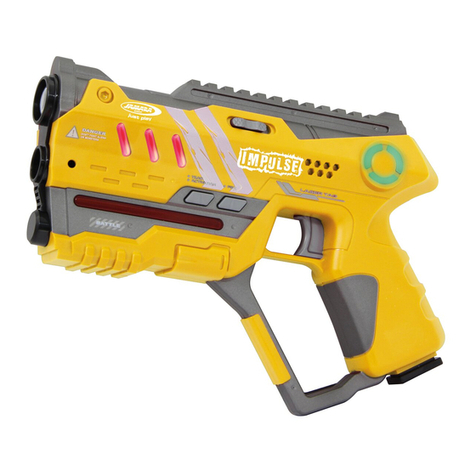
Jamara
Jamara Impulse Laser Gun Pistol Set instructions
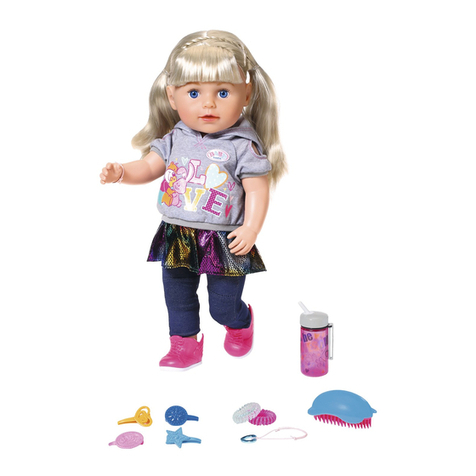
Zapf Creation
Zapf Creation Baby born Brother User instructions
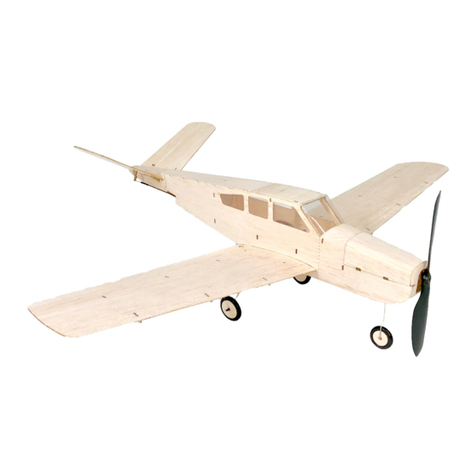
MinimumRC
MinimumRC Beech V-35 Install manual
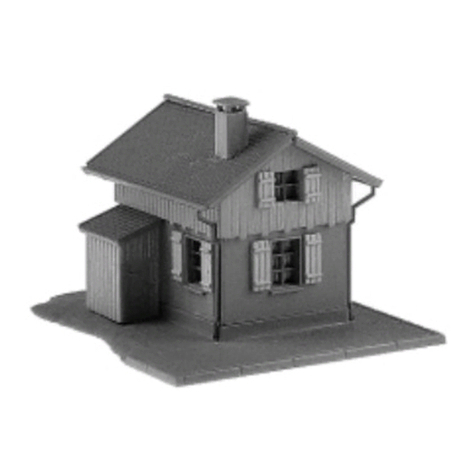
Faller
Faller GATEKEEPER'S LODGE manual
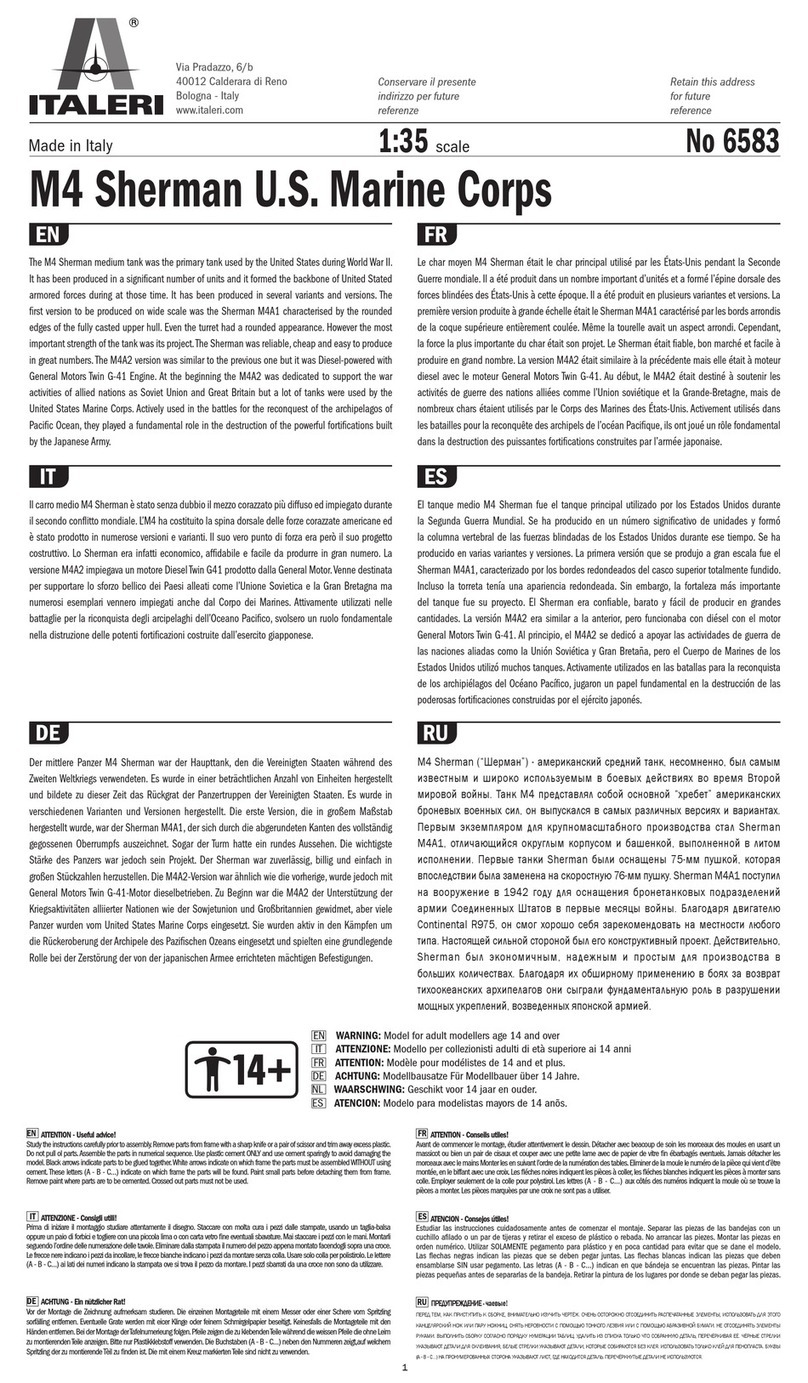
Italeri
Italeri M4 Sherman U.S. Marine Corps manual
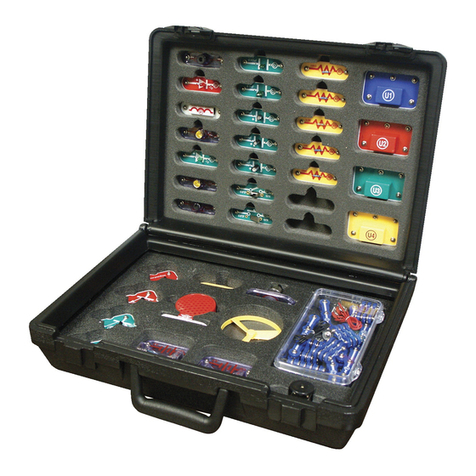
Elenco Electronics
Elenco Electronics Snap Circuits Light manual
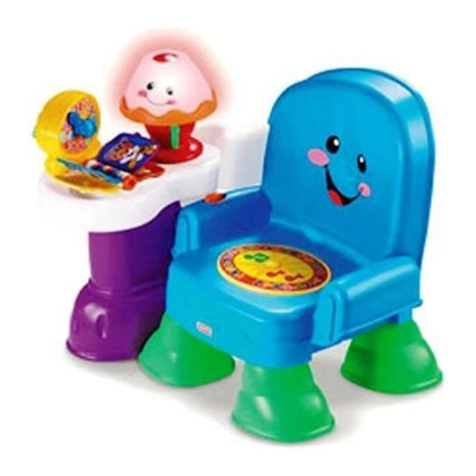
Fisher-Price
Fisher-Price Laugh&LEarn Musical Learning Chair manual

Eduard
Eduard A-26B seatbelts STEEL manual
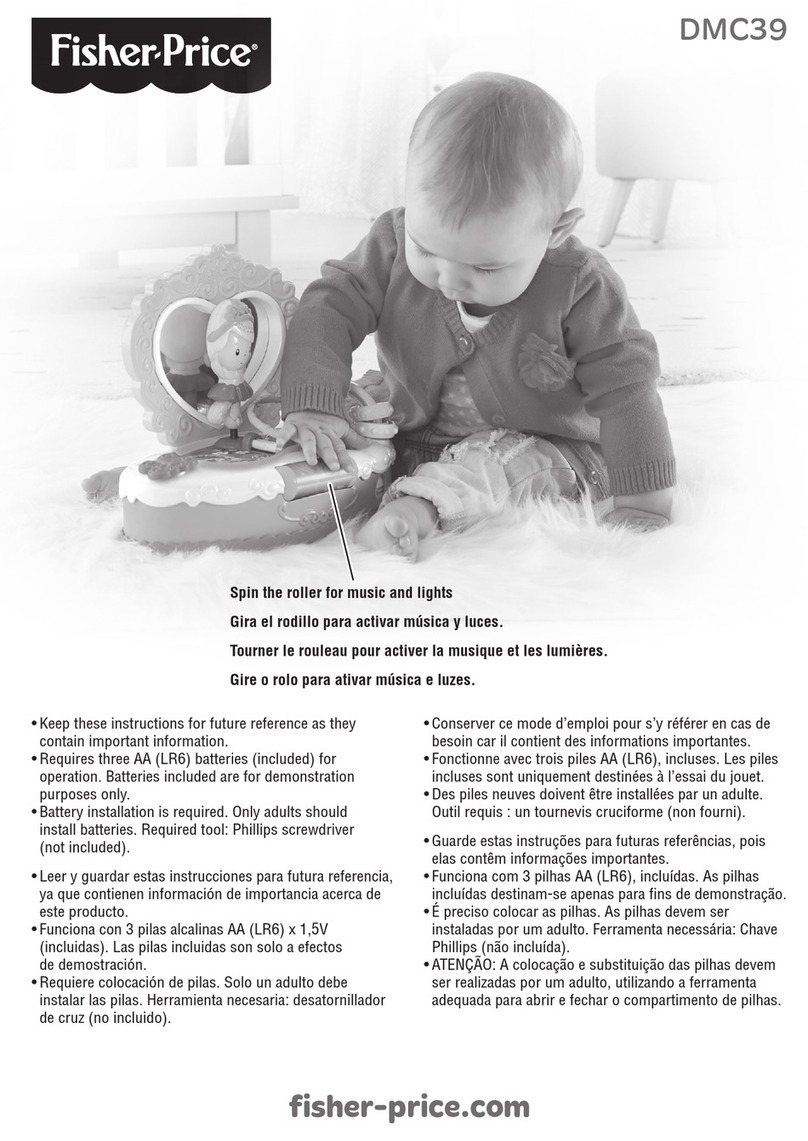
Fisher-Price
Fisher-Price DMC39 quick start guide
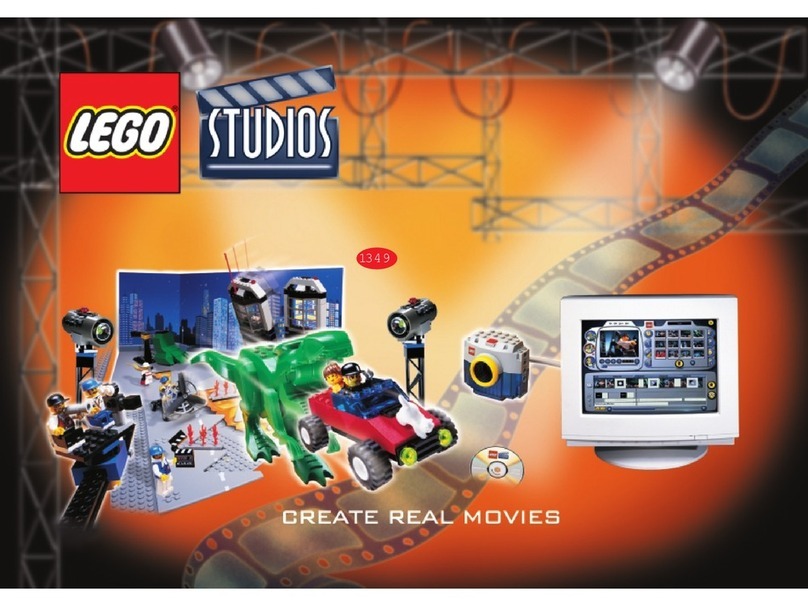
LEGO
LEGO Explosion Studio 1352 manual





